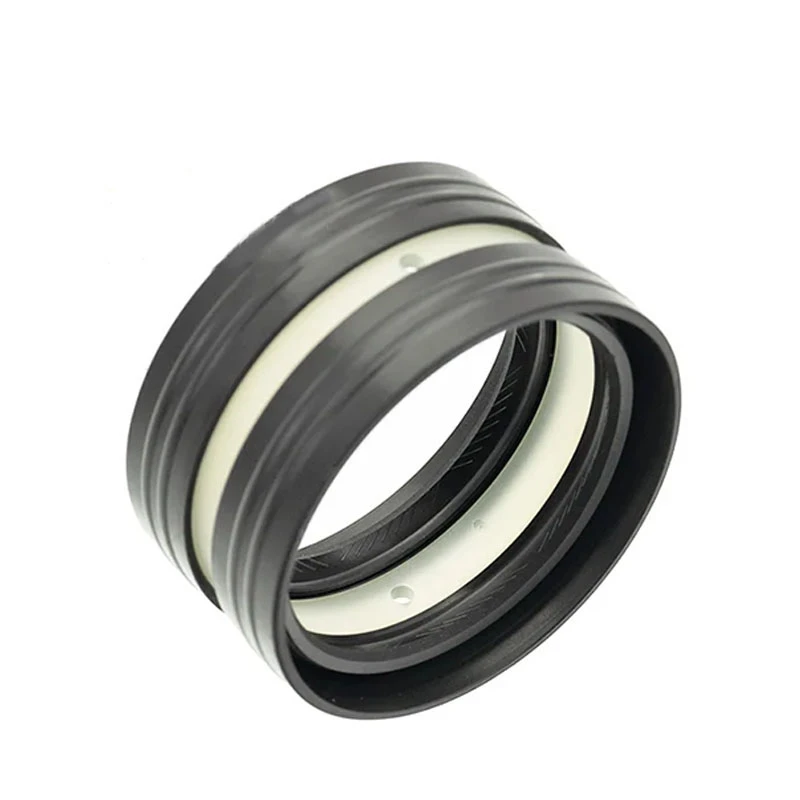Power Steering Seal Replacement and Maintenance Tips for Better Vehicle Performance
Understanding Power Steering Seals The Unsung Heroes of Vehicle Steering Systems
Power steering systems have become a standard feature in modern vehicles, offering drivers a smoother and more manageable steering experience. Central to this system's effectiveness are power steering seals. Although often overlooked, these seals play a crucial role in maintaining the functionality and longevity of the steering mechanism.
What are Power Steering Seals?
Power steering seals are specialized components designed to prevent leaks of hydraulic fluid within the power steering system. The power steering system typically uses hydraulic fluid to amplify the driver’s input, making it easier to turn the steering wheel. This fluid is pressurized and directed to assist with steering force, but it must remain contained within the system for optimal performance. This is where the power steering seals come into play.
Types of Power Steering Seals
There are various types of seals used in power steering systems
1. O-rings These are circular seals that fit into a groove and create a seal when compressed. O-rings are commonly used in connections between components of the steering system.
2. Rotary seals These seals are designed to handle rotating shafts. They are often used in areas where the steering column connects to the steering gear.
Functions and Importance
The primary function of power steering seals is to ensure that hydraulic fluid remains within the system. Leakage can lead to a drop in fluid levels, which in turn can result in heavier steering, reduced responsiveness, and potential damage to the power steering pump and other components.
power steering seal

Additionally, power steering seals help reduce contamination from dust and debris, which can wear out parts and degrade the hydraulic fluid over time. Maintaining the integrity of these seals is vital for the efficient operation of the power steering system.
Signs of a Failing Power Steering Seal
Like any mechanical component, power steering seals can wear out over time. Some signs that a seal may be failing include
- Fluid leaks The most obvious sign is puddles of hydraulic fluid under the vehicle. If you notice fluid leaks, it’s essential to address the issue promptly to prevent further damage. - Steering difficulties If the steering feels heavier than usual or you experience delays in responsiveness, it might indicate a drop in hydraulic fluid levels due to leaking seals.
- Noise from the steering system A whining or groaning noise while turning the wheel can suggest low fluid levels, potentially caused by leaking seals.
Maintenance and Replacement
Regular maintenance of the power steering system can extend the life of its seals. Drivers should routinely check for signs of wear and tear, ensure that the fluid is at appropriate levels, and replace any components that are showing signs of failing.
When replacing a power steering seal, it is vital to use high-quality parts and follow the manufacturer’s guidelines. Incorrect seals can lead to leaks and further complications in the steering system.
Conclusion
In conclusion, power steering seals are essential components that contribute significantly to the overall performance and safety of a vehicle. By preventing leaks, protecting the hydraulic fluid, and ensuring smooth steering operation, these seals are truly the unsung heroes of the power steering system. Regular inspections and prompt repairs can safeguard your vehicle’s steering system, ensuring a safe and enjoyable driving experience for years to come.
-
Understanding the Front Main Engine Seal: Purpose, Maintenance, and Installation
News Jul.29,2025
-
Understanding O-Rings and Seal Rings: Types, Applications, and Custom Solutions
News Jul.29,2025
-
Understanding Crankshaft Oil Seals: Rear Seals, Pulley Seals, and Their Role in Engine Integrity
News Jul.29,2025
-
The Importance of Front and Rear Crankshaft Seals in Engine Performance and Oil Management
News Jul.29,2025
-
Crank Oil Seals: Functions, Types, and Cost Considerations in Engine Maintenance
News Jul.29,2025
-
A Comprehensive Guide to O-Rings and Seals: Types, Materials, and Global Applications
News Jul.29,2025
-
Mastering Diesel and Performance Engine Maintenance: A Guide to Critical Oil Gaskets
News Jul.28,2025
Products categories















